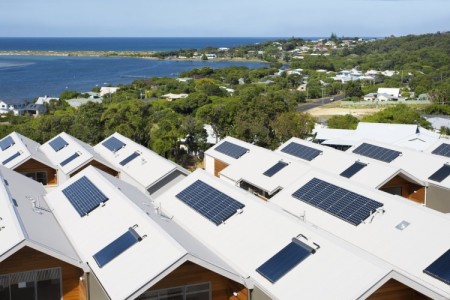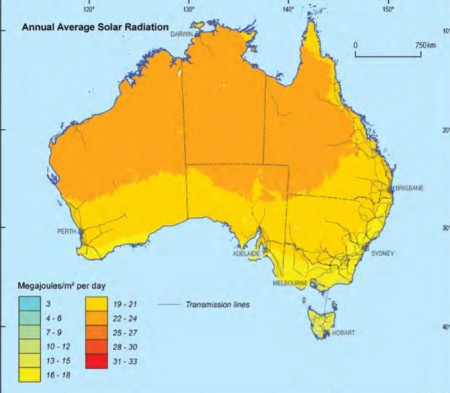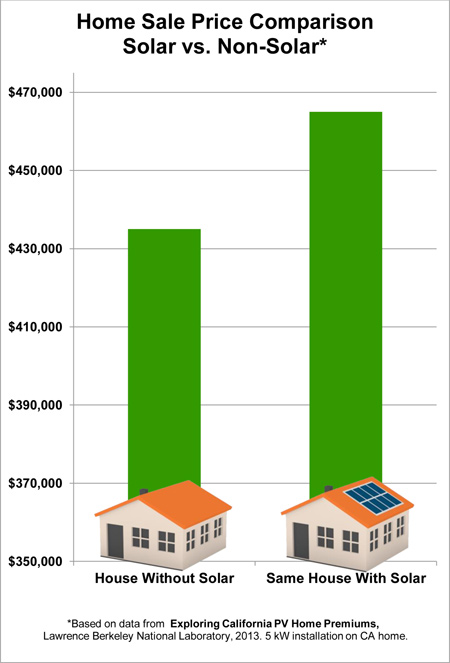August 8, 2015 – The move away from burning carbon to create energy is being inhibited not by the explosive growth in renewables but by the current state of battery technology. That’s because energy storage is the other half of the renewable equation.
Those who argue in favor of continued use of fossil fuels point out that the wind doesn’t always blow and the sun doesn’t always shine. That concern about reliability, the peaks and valleys of changing conditions, is seen as renewable’s Achilles Heel.
Entrepreneurs such as Elon Musk, however, are intent on moving renewable into the forefront through the mass production of storage back up technology to make wind and solar as reliable as the energy coming from fossil-fuel burning power plants but without adding carbon to the atmosphere.
In a recent report published by the Australian Renewable Energy Agency it describes the “mega-shift” to energy storage adoption as lithium-ion battery costs fall by 60% and flow batteries by 40% by the end of this decade. The drop in price will also be accompanied by a shift from utility-delivered to distributed energy. The distributed model means energy off the grid controlled and managed by homeowners and businesses that invest in photovoltaic panels and wind turbines.
In Australia today rooftop solar panels by 2013 had exceeded 1,000,000 customers. Some 2.6 million Australians had chosen the sun to power their homes. It has always made sense that Down Under should be the first continent to go solar. After all it is the sunniest continent on the planet. So all that remains to make solar ubiquitous and as reliable as those coal-fired power plants that dominate Australia’s energy production mix today, is adding local energy storage to ensure every home has reliable 24-hour, 7-days a week coverage.
Solar and wind power capacity have never equaled the amount of energy actually produced. A home 10 kilowatt system in a full sunlight produces 10 kilowatt hours of power but only when the sun is directly overhead. On average over a day actual production is probably 6 kilowatt hours. On a partly cloudy day a 10 kilowatt system is likely to be only 80% efficient at peak and less than 50% over the entire period of daylight. So at best you get 8 kilowatt hours and on average under 5. But most houses don’t need all the power produced at peak by a 10 kilowatt system. Adding battery storage means the excess power can be captured and stored to be released back into the home as needed to provide continuous even power throughout the 24-hour day.
In the latest report from the Australian energy agency it forecasts growth in renewable off-grid capacity to hit 1 Gigawatt by 2030. But this growth is predicated on cheap storage becoming widely available.
Enter companies like Tesla with its Powerwall home battery system priced at $3,000 U.S. for 7 kilowatt-hours and $3,500 for 10. Not the first to market, see Panasonic E3/DC for that, but certainly the splashiest. And interestingly enough, joining Tesla is another car company, Mercedez-Benz,which recently announced its entry, a 2.5 kilowatt-hour battery that can be stacked up to 8 to produce 20 kilowatt-hours of power.
For Australia with 1 million rooftops already gone solar it means 11% of the population is getting its power from the sun and 3.4 million fewer tons of carbon going into the atmosphere (approximately 1% of the continent’s total emissions). With battery storage added how many more of the estimated 9 million Australian homes will take the renewable plunge by the end of the decade. I’d say the odds are pretty good it will exceed 20% by 2020 (that is Australia’s national renewable energy target) even without government subsidies to encourage consumers to go solar.
Why? Because homes with solar sell faster and for more money (see California data in the graph below) and because homeowners still connected to the grid will supply energy back to it to earn income offsetting installation and maintenance costs.















